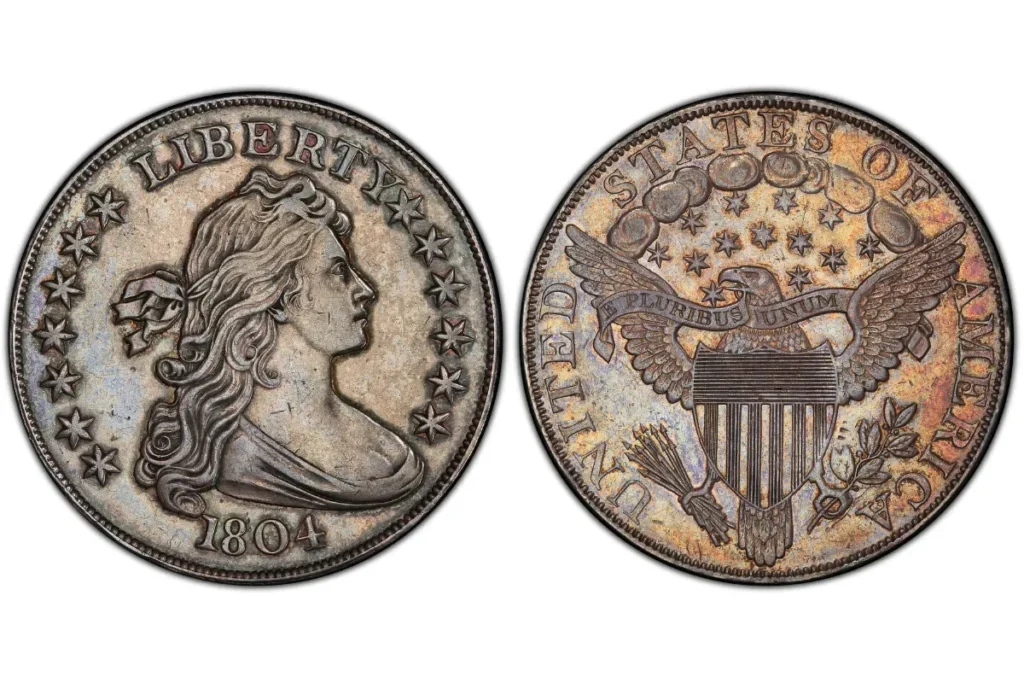The Bicentennial Quarter, minted in 1975 and 1976, celebrates America’s 200th anniversary of independence. This unique quarter has captured the attention of collectors for decades.
In this article, we’ll uncover six secret features of the Bicentennial Quarter that can significantly enhance your collection and knowledge about these historic coins.
Unique Dual-Date Feature

The Bicentennial Quarter features dual dates—1776 and 1976—on its front. This rare design marks the nation’s 200th birthday and instantly makes this coin stand out from other U.S. quarters. For collectors, this date combination signifies a special time in American history and enhances the coin’s appeal.
Distinctive Drummer Boy Design
One of the most recognizable features of the Bicentennial Quarter is the Drummer Boy design on its reverse side. This design, created by Jack L. Ahr, was chosen from a national competition. The Drummer Boy symbolizes the American spirit of creativity and independence. Its patriotic and historical significance adds artistic value to any coin collection.
Variations in Mint Marks

Bicentennial Quarters were minted in three locations: Philadelphia (no mint mark), Denver (D), and San Francisco (S). Quarters minted in San Francisco, marked with an “S,” are particularly valuable due to their limited production. Collectors often focus on finding these variations to complete their collection or add unique, high-value pieces.
Silver Clad Variants
While most Bicentennial Quarters are made of copper-nickel clad, a few silver-clad variants were produced, making them more valuable. These silver coins are rarer and are sought after by serious collectors. If you find one of these, it’s a real treasure that can increase the worth of your collection significantly.
Proof Set Exclusives

The U.S. Mint also created special proof sets of the Bicentennial Quarter. These coins have superior finishes, with sharper details and shiny, mirror-like backgrounds. Proof sets are prized by collectors for their quality, and owning a proof Bicentennial Quarter is a must for anyone who appreciates beautifully crafted coins.
Overlooked Error Coins
Some Bicentennial Quarters were minted with errors, such as double strikes or misalignments. These error coins are highly valuable because they are rare and unique. If you spot an error coin, you’ve found a hidden gem that could dramatically increase the value of your collection.
Variations in Color and Toning

Over time, Bicentennial Quarters may develop distinct color variations or toning, ranging from light gold to deep blue. These color changes occur naturally due to the environment where the coins were stored.
Many collectors find these variations aesthetically appealing, and they can add uniqueness to any coin collection.
The Bicentennial Quarter is more than just a piece of history; it’s a collector’s dream, offering rare features like the dual-date, unique designs, and hidden errors. Whether you’re an experienced coin collector or just starting out,
adding one of these special coins to your collection can be both rewarding and valuable. Keep an eye out for the silver-clad variants, mint mark differences, and proof sets to maximize your collection’s worth.
1. What makes the Bicentennial Quarter special?
The Bicentennial Quarter is unique due to its dual-date feature (1776-1976) and the Drummer Boy design, commemorating America’s 200th anniversary of independence.
2. Are Bicentennial Quarters valuable?
Some are! Silver-clad variants, error coins, and quarters with an “S” mint mark from San Francisco are especially valuable.
3. What is a silver-clad Bicentennial Quarter?
These are special Bicentennial Quarters made with a layer of silver, rather than copper-nickel. They were produced in limited quantities and are more valuable.
4. How can I tell if my Bicentennial Quarter is an error coin?
Look for visible minting errors such as double strikes or misalignments. These rare coins can significantly increase the value of your collection.
5. Do Bicentennial Quarters develop unique color variations over time?
Yes, some develop toning or color variations due to how they were stored. These colors can range from gold to blue and add a unique aesthetic appeal.












